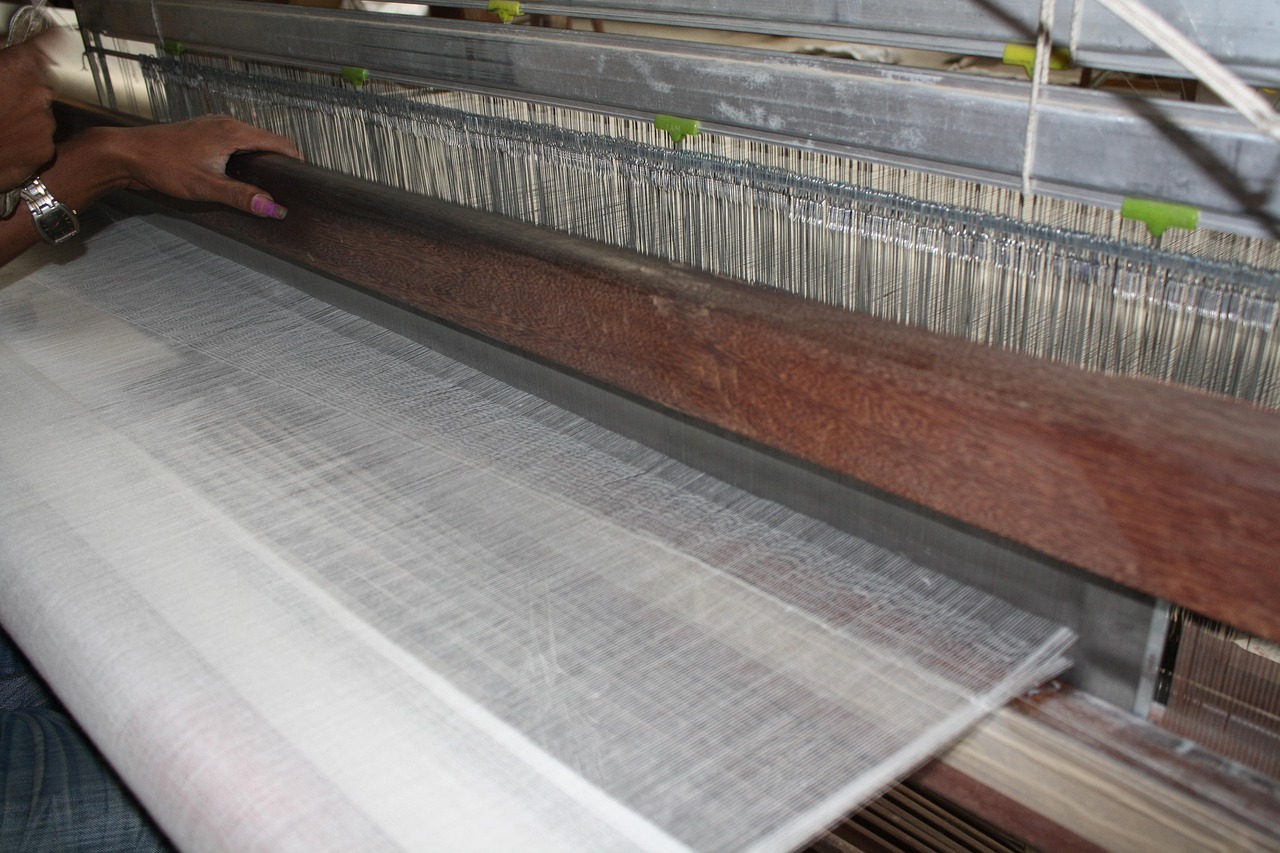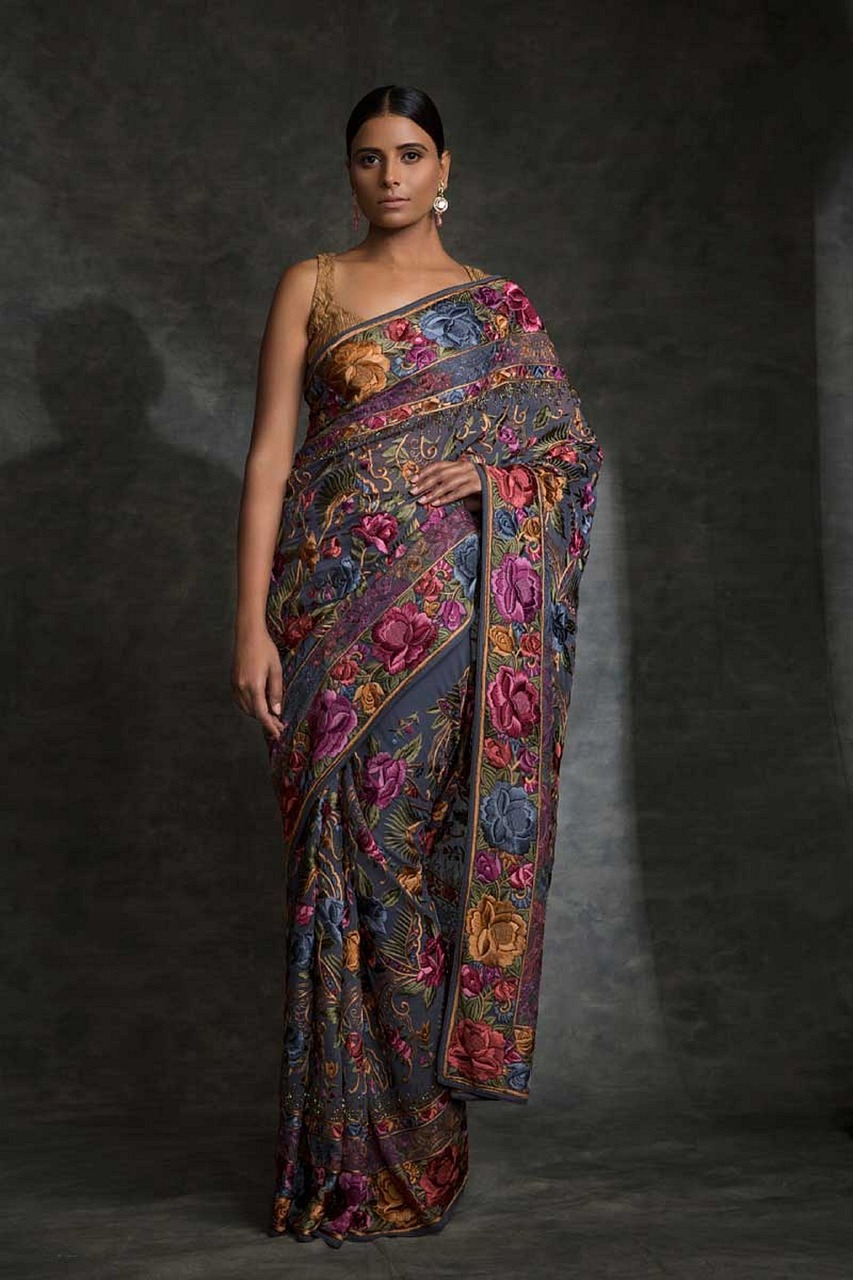
The saree is an iconic symbol of Indian culture, recognized around the world for its elegance and versatility. Among the many variations of this traditional garment, handloom sarees stand out for their craftsmanship, history, and commitment to sustainability. In this blog, we’ll explore the origins of handloom sarees, the benefits of wearing them, and their role in sustainable fashion.
What Are Handloom Sarees?
A handloom saree is a saree woven on a hand-operated loom, as opposed to machine-made fabrics. The process involves skilled artisans, often working with natural fibers such as cotton, silk, or wool, to create intricate and detailed designs. These sarees are usually handcrafted with great attention to detail, making each piece unique.
The loom is operated manually, and the weaver uses traditional techniques passed down through generations. The patterns, textures, and colors in handloom sarees are often created using natural dyes and processes, which further enhance the garment’s uniqueness.
The Origins of Handloom Sarees
The art of handloom weaving dates back thousands of years, deeply embedded in the cultural fabric of India. India’s handloom industry is one of the oldest in the world, with weaving practices mentioned in ancient texts such as the Vedas. Over time, weaving techniques evolved and became regional specialties, with various states and communities developing their own styles and methods.
Some of the most famous handloom sarees include:
- Kanjivaram (Tamil Nadu) – Known for their rich silk and intricate designs, these sarees are often worn at weddings.
- Banarasi (Varanasi) – Famous for their gold and silver brocade work.
- Khadi (Across India) – A handspun and handwoven fabric, often made from cotton, symbolizing India’s freedom movement.
- Patola (Gujarat) – Double-ikat woven sarees with geometric patterns.
- Jamdani (West Bengal) – Known for their fine muslin and detailed handwoven patterns.
Each of these handloom sarees tells a story of tradition, craftsmanship, and cultural significance. The methods, dyes, and weaving patterns used vary from region to region, making handloom sarees a representation of India’s diverse cultural heritage.
Benefits of Handloom Sarees
1. Unique Designs and Quality
Unlike machine-made sarees, every handloom saree is unique. The handwoven nature of the fabric results in slight irregularities that give the saree its charm. The weaver’s craftsmanship is visible in every inch, making the saree an artistic expression. Whether it’s a Kanjivaram with its golden borders or a Jamdani with its fine muslin, handloom sarees are known for their superior quality.
2. Comfort and Durability
Handloom sarees are often made from natural fibers like cotton, silk, and wool, making them breathable, lightweight, and comfortable to wear, especially in hot and humid climates. The natural fibers allow the skin to breathe, unlike synthetic fabrics that trap heat. Additionally, these sarees are built to last, often improving with age and becoming softer over time.
3. Timeless Elegance
Handloom sarees are elegant and timeless. With their fine craftsmanship, they exude sophistication, making them perfect for weddings, festivals, and other special occasions. The blend of traditional designs and contemporary appeal makes handloom sarees relevant for modern-day fashion.
4. Versatility
While traditionally worn by women across India, handloom sarees have evolved to fit contemporary tastes. Today, they are worn with different styles of blouses, from classic to modern cuts. The beauty of handloom sarees lies in their ability to blend with modern accessories, allowing wearers to make unique fashion statements.
5. Support for Artisans
Handloom sarees support local artisans and communities. By buying handloom products, consumers contribute to preserving a centuries-old tradition of craftsmanship while providing sustainable livelihoods for thousands of weavers and artisans across India. Many weavers are part of cooperatives or small workshops that operate under fair trade practices.
The Sustainability of Handloom Sarees
In an era where the fashion industry is one of the biggest polluters, handloom sarees offer a sustainable alternative. Let’s look at why they are environmentally friendly and eco-conscious:
1. Natural Fibers
Handloom sarees are typically made from natural fibers like cotton, silk, and wool, unlike many modern fabrics that are synthetic or require harmful chemicals in their production. These natural materials are biodegradable and less harmful to the environment when disposed of, unlike synthetic fibers which can take hundreds of years to break down.
2. Low Carbon Footprint
The process of weaving on handlooms is labor-intensive but eco-friendly. Handloom weaving requires minimal energy compared to machine-made textiles, making it a low-carbon activity. The handloom process generates very little waste, especially when compared to mass production techniques.
3. Sustainable Dyes
Many handloom sarees are dyed using natural and organic dyes extracted from plants, minerals, and insects. These natural dyes are far less harmful to the environment compared to synthetic dyes, which often contain toxic chemicals that pollute waterways and soil.
4. Ethical Practices
Supporting handloom weavers is not just about purchasing a product; it’s about endorsing ethical practices. Weaving is a sustainable livelihood that provides stable employment to artisans, many of whom belong to marginalized communities. By buying handloom sarees, consumers are contributing to the preservation of traditional arts and supporting artisans who continue to uphold ethical labor practices.
5. Longevity
Handloom sarees are known for their durability, which makes them a better investment in the long term. Unlike fast fashion garments, which are often discarded after a few wears, handloom sarees can last for decades if cared for properly. This longevity contributes to a zero-waste mindset, where quality products outlast fleeting trends.
How to Care for Handloom Sarees
Caring for handloom sarees is essential to ensure their longevity. Here are some tips:
- Wash Gently: Handloom sarees made of cotton or silk should be hand-washed with mild detergent or dry cleaned to avoid damaging the delicate fabric.
- Avoid Harsh Chemicals: Never use bleach or harsh chemicals on handloom sarees, as these can damage the fabric and its color.
- Store Properly: Store your saree in a breathable fabric pouch to protect it from dust and direct sunlight. Avoid using plastic bags, which can cause the fabric to lose its sheen.
- Iron Carefully: If you need to iron the saree, use a low-heat setting, especially for silk sarees, to preserve the fabric’s texture.
Conclusion: Why Choose Handloom Sarees?
Handloom sarees offer much more than just a beautiful piece of clothing. They carry with them a legacy of tradition, craftsmanship, and sustainability. By wearing a handloom saree, you not only embrace the rich cultural heritage of India but also support sustainable fashion, reduce environmental impact, and empower artisans who continue to preserve an age-old craft.
In a world that is increasingly shifting towards conscious living, handloom sarees provide the perfect balance between timeless elegance and eco-friendly practices. Whether you’re attending a wedding, a festival, or simply looking to invest in a durable, unique piece of clothing, a handloom saree is an option that combines beauty, sustainability, and ethics.





